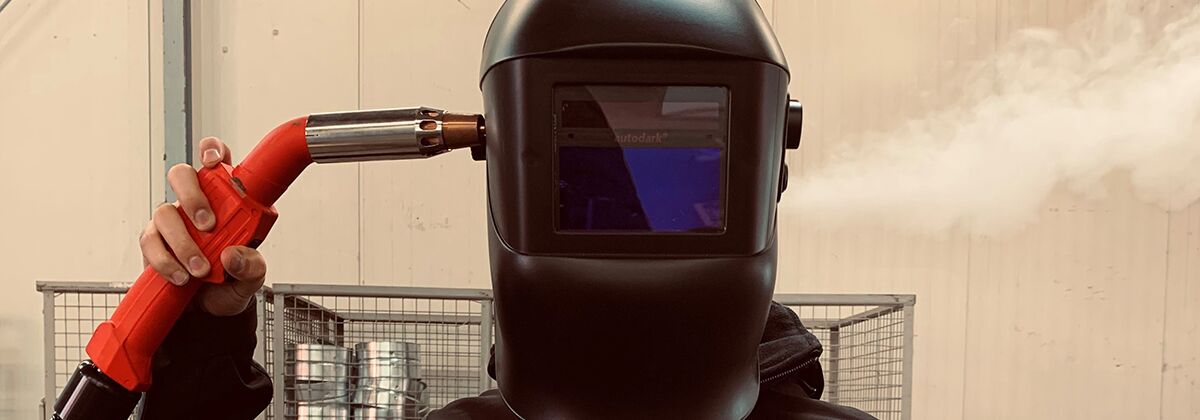Is welding in Germany on the edge of legality?

From a purely occupational health point of view this is true. But what is it all about? The fact that the general dust limit value in Germany 1.25 mg/m³ is well known and compliance is already tough work in many companies. In contrast to the manganese value, however, this hurdle is just knee-high, whereas you would need a trampoline to overcome the manganese value hurdle.
- "The claim of a good welding company should be to make the hurdle for limit values look like small sticks".
Back to the beginning: The limit value for manganese (E-dust) was lowered from 0.5mg/m³ to 0.2 mg/m³ in 2015. So far so good. The real problem lies in the very fine, i.e. alveolar dusts of manganese. These lead to Parkinson-like symptoms, so a new limit value of 0.02 mg/m³ has been set for these so-called A-dusts. This is a reduction of 96 percent compared to the original value and thus a real gamechanger for occupational health and safety. The orientation of many companies is aimed at the supposed minimum target of the general dust limit value of 1.25 mg/m³. However, this is far from ensuring that the limit value for manganese is also complied with. In this case it is not enough to reach the goal line - you have to go beyond to make the hurdle for limit values look like a small stick.
The limit value for manganese is already today just as binding as the general dust limit value. There is no time lag in between. The difference: manganese has been below the radar for a long time. Because the 0.5 mg/m³ were practically never exceeded, the manganese concentration was rarely measured before 2015. As a result, there was hardly any information about how high the actual value is - after all, it was almost always below the limit. Only after the reduction was the manganese concentration measured more frequently and now regularly. Because the limit value for manganese is often still exceeded by a factor of 3 to 5 even when the general dust limit value is complied with, it now represents the real hurdle. The fact that the general dust limit value is complied with does not help the company.
- "In contrast to the manganese value, this hurdle is just knee-high, whereas you would need a trampoline to overcome the manganese value hurdle.
But what must weld companies do to comply with the limit values? First the status quo should be reviewed. For this purpose, companies can call in the expertise of an air pollution control expert to exploit all potential. From modern spot extraction units or extraction torches, to the addition of room ventilation systems or spatial separation, there are many ways to achieve maximum protection for employees. In addition, employees should be made aware of the dangers of welding fumes through regular training. This is particularly important because in the end it is often the welder's own willingness to protect himself and his colleagues from the dangers that determines whether or not the welding results fall well below the limit values.
One thing is certain: Whoever deals with the implementation of an efficient air pollution control concept at an early stage guarantees the highest health precautions, which are far below the general dust limit value. Extraction experts like KEMPER can provide support during implementation - both technically and in an advisory capacity. Together we will tackle it so that welding will remain legal in the future.
Search Kemper.eu
Use the search box below to search for products, services and information on Kemper.eu.
Закрыть
